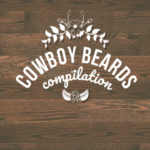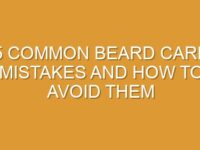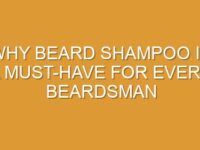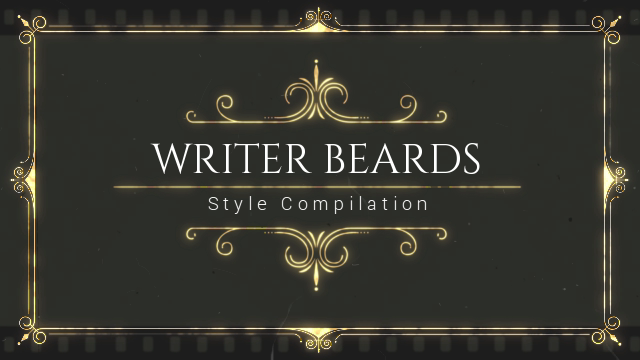The Bearded Wordsmith: Writers, Authors, and Poets in Beard Culture
Throughout history, writers, authors, and poets have often been depicted as deep thinkers, creative visionaries, and intellectual rebels. From classic literary icons to modern-day wordsmiths, beards have long been associated with wisdom, individuality, and a free-spirited nature. As beard culture continues to thrive, many writers and literary enthusiasts embrace facial hair as a symbol of their artistic identity and creative expression.
The Connection Between Writers and Beards
The image of a bearded writer hunched over a typewriter, scribbling in a leather-bound notebook, or lost in thought at a coffee shop has become an enduring archetype. Beards and literature have often gone hand in hand, symbolizing depth, intellect, and a touch of rebellion against societal norms. Some of the most legendary writers have sported beards, including:
- Ernest Hemingway – Known for his rugged lifestyle and iconic beard, Hemingway embodied the adventurous and introspective writer.
- Walt Whitman – The famed poet of Leaves of Grass embraced his full beard as a symbol of nature, freedom, and transcendence.
- Mark Twain – His signature mustache and wit made him one of the most recognizable literary figures.
- Charles Dickens – The Victorian novelist’s distinguished beard reflected the style and sophistication of his era.
Why Writers Embrace Beard Culture
For many writers and poets, growing a beard is more than just a style choice—it’s a statement. Here’s why facial hair has become popular among literary minds:
- Symbol of Wisdom and Depth – Beards have long been associated with intellectualism and deep thought, aligning with the introspective nature of writing.
- Creative Identity – Writers use their appearance, including facial hair, as a form of self-expression.
- Aesthetic and Tradition – Classic literary figures often had beards, inspiring modern writers to adopt the look.
- Low-Maintenance Lifestyle – Writing demands focus, and a well-kept beard offers a rugged yet refined look without the hassle of frequent shaving.
Maintaining the Writer’s Beard
While a natural, untamed beard may suit the image of a reclusive writer, proper grooming helps maintain a healthy and stylish look. Here are some essential beard care tips for literary enthusiasts:
- Hydration and Conditioning – Beard oils and balms keep facial hair soft and manageable, preventing dryness.
- Regular Trimming – Even the most rugged beards benefit from occasional shaping to maintain a clean and distinguished appearance.
- Brushing and Combing – Helps keep the beard tidy and prevents knots, especially during long writing sessions.
- Inspiration from Literary Icons – Finding a beard style that matches one’s personal aesthetic and creative spirit enhances the writer’s unique presence.
Conclusion
Writers, authors, and poets have long embraced the beard as a symbol of wisdom, creativity, and individuality. As beard culture continues to grow, the tradition of literary figures sporting facial hair remains as relevant as ever. Whether writing in a cozy library or wandering through the wilderness in search of inspiration, the bearded wordsmith stands as a timeless emblem of artistic expression and intellectual depth.





















